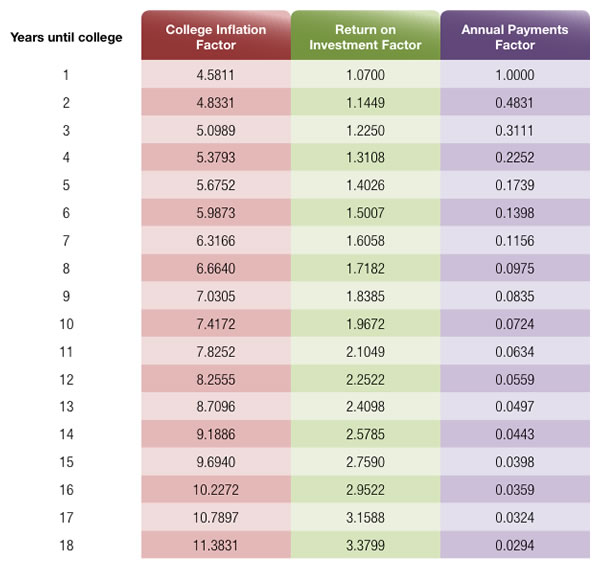Healthcare Provider Update: Healthcare Provider for State Street: State Street Corporation collaborates with various healthcare providers to offer employee benefits, typically leveraging its extensive network through insurers. The primary healthcare provider for State Street employees is UnitedHealth Group, which offers services to ensure comprehensive health coverage and support. Potential Healthcare Cost Increases in 2026: As the healthcare landscape evolves, significant cost increases are anticipated in 2026, particularly for those enrolled in Affordable Care Act (ACA) marketplace plans. With the potential expiration of enhanced premium tax credits, many enrollees could face premium hikes exceeding 75%, leading to out-of-pocket costs becoming dangerously unaffordable for millions. Insurers attribute these steep increases to rising medical costs, aggressive premium requests-including New York's staggering 66% increase from UnitedHealthcare-and ongoing pressures from inflation across the healthcare sector. Overall, the combination of these factors underscores a perfect storm of market conditions that could strain consumer budgets significantly come 2026. Click here to learn more
It doesn’t take a degree in finance to see the cost of college continues to rise.
In its 2017 report, the College Board showed that public four-year institutions raised prices an average of 3.2% annually between the 2007-08 and 2017-18 school years. Put another way, a $5,000 education in 2007-08 would cost $6,851 in 2017-18.
For a few families, the lion’s share of education costs falls on parents and, in some cases, on grandparents. For our State Street clients who are parents you may already know, generally, the majority of families rely on a combination of scholarships, grants, financial aid, part-time jobs, and parent support to help pay the cost.
For State Street employees who have children approaching college age, a good first step is estimating the potential costs. The accompanying worksheet can help you get a better idea about the cost of a four-year college.
For State Street employees who already put money away for college, the worksheet will take that amount into consideration. For State Street employees who haven’t, it’s never too late to start.
Resources
There are a number of resources that can help individuals prepare for college. The U.S. government distributes certain information on colleges and costs. Here are two sites for these State Street employees to consider reviewing:
www.studentaid.ed.gov
The government’s college and financial aid portal.
Featured Video
Articles you may find interesting:
- Corporate Employees: 8 Factors When Choosing a Mutual Fund
- Use of Escrow Accounts: Divorce
- Medicare Open Enrollment for Corporate Employees: Cost Changes in 2024!
- Stages of Retirement for Corporate Employees
- 7 Things to Consider Before Leaving Your Company
- How Are Workers Impacted by Inflation & Rising Interest Rates?
- Lump-Sum vs Annuity and Rising Interest Rates
- Internal Revenue Code Section 409A (Governing Nonqualified Deferred Compensation Plans)
- Corporate Employees: Do NOT Believe These 6 Retirement Myths!
- 401K, Social Security, Pension – How to Maximize Your Options
- Have You Looked at Your 401(k) Plan Recently?
- 11 Questions You Should Ask Yourself When Planning for Retirement
- Worst Month of Layoffs In Over a Year!
- Corporate Employees: 8 Factors When Choosing a Mutual Fund
- Use of Escrow Accounts: Divorce
- Medicare Open Enrollment for Corporate Employees: Cost Changes in 2024!
- Stages of Retirement for Corporate Employees
- 7 Things to Consider Before Leaving Your Company
- How Are Workers Impacted by Inflation & Rising Interest Rates?
- Lump-Sum vs Annuity and Rising Interest Rates
- Internal Revenue Code Section 409A (Governing Nonqualified Deferred Compensation Plans)
- Corporate Employees: Do NOT Believe These 6 Retirement Myths!
- 401K, Social Security, Pension – How to Maximize Your Options
- Have You Looked at Your 401(k) Plan Recently?
- 11 Questions You Should Ask Yourself When Planning for Retirement
- Worst Month of Layoffs In Over a Year!
www.collegeboard.org
The group that administers the SAT test.
Estimating the Cost of College


What is the 401(k) plan offered by State Street?
The 401(k) plan at State Street is a retirement savings plan that allows employees to save a portion of their salary before taxes are deducted.
How can I enroll in State Street's 401(k) plan?
Employees can enroll in State Street's 401(k) plan by accessing the enrollment portal through the company’s HR website or by contacting the HR department for assistance.
What is the company match for State Street's 401(k) plan?
State Street offers a company match for contributions made to the 401(k) plan, typically matching a percentage of employee contributions up to a certain limit.
Are there any eligibility requirements for State Street's 401(k) plan?
Yes, employees must meet specific eligibility criteria, such as length of service and employment status, to participate in State Street's 401(k) plan.
What investment options are available in State Street's 401(k) plan?
State Street's 401(k) plan offers a range of investment options, including mutual funds, target-date funds, and other investment vehicles tailored to different risk tolerances.
Can I change my contribution rate to State Street's 401(k) plan?
Yes, employees can change their contribution rates to State Street's 401(k) plan at any time, subject to the plan's guidelines.
How often can I change my investment choices in State Street's 401(k) plan?
Employees can typically change their investment choices in State Street's 401(k) plan on a regular basis, often quarterly or as specified in the plan documents.
What happens to my 401(k) plan if I leave State Street?
If you leave State Street, you can choose to roll over your 401(k) balance to another retirement account, leave it in the State Street plan, or cash it out, subject to tax implications.
Does State Street offer financial education regarding the 401(k) plan?
Yes, State Street provides resources and educational sessions to help employees understand their 401(k) plan options and make informed investment decisions.
What is the vesting schedule for State Street's 401(k) plan?
The vesting schedule for State Street's 401(k) plan determines how long you must work at the company to fully own the employer contributions, which may vary based on tenure.




-2.png?width=300&height=200&name=office-builing-main-lobby%20(52)-2.png)









.webp?width=300&height=200&name=office-builing-main-lobby%20(27).webp)


-2.png)









.webp)